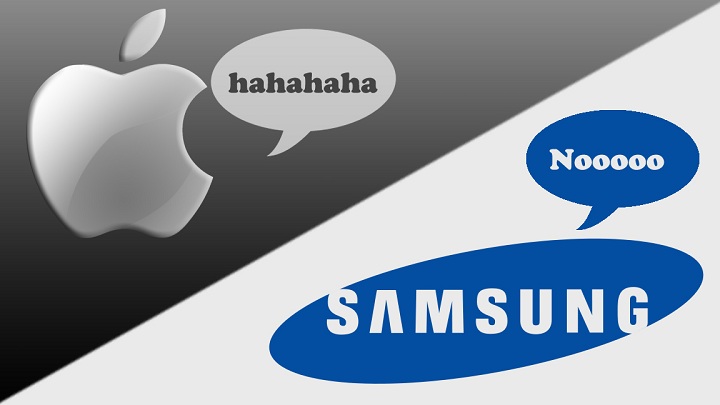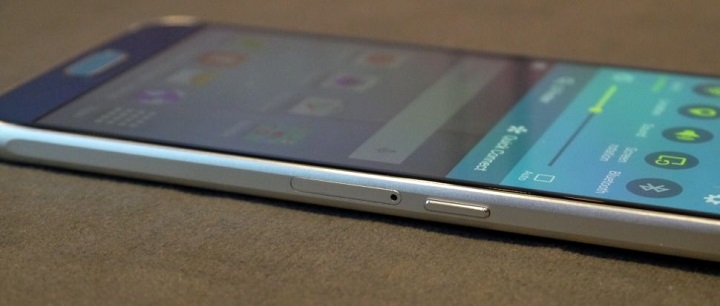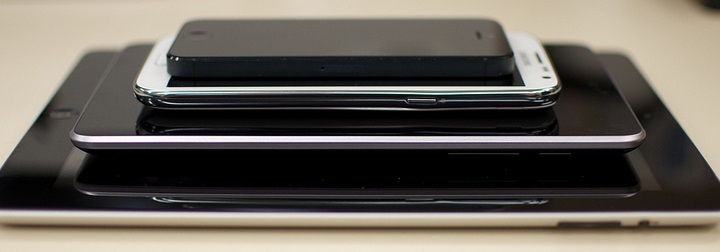
It was almost a year ago when Samsung Electronics had lost its lead in the smartphone market in both China and India as its shipments were declining rapidly on a global scale. However, it seems that the South Korean giant has managed to stabilize the ship successfully and has gotten its charm back, according to analysts. On Thursday, the company reported an operating profit of worth $5.8 billion for the first quarter ended in 2016, which is almost a 12% increase as compared to the operating profit in the same quarter last year. In the mobile segment, the operating profit of the smartphone giant was approximately 3.89 trillion won, which is a 42% increase year-on-year.
It became the biggest profit driver for the first time since the second quarter back in 2014. The sudden rise of the company’s business is due to its new flagship smartphones, Samsung Galaxy S7 and S7 edge, which were responsible for the lift in profits. Analysts said that these devices have enabled the South Korean company to make a comeback in the market and its earnings were certainly helped by the increased focus on higher-margin and higher-tier products. They said that these Samsung devices were an excellent alternative for those who don’t want an iPhone.
When Samsung had released the Samsung S6, the response from the analysts and market had been tame, but that had been a turn in the road for the company. Up until then, Apple Inc.’s bigger screen iPhones had been eating into its market share. While Samsung was not able to keep up with the market demand with the S6 Edge, it had succeeded in filling the gap considerably and managed to lay the groundwork for the more refined Samsung Galaxy S7 Edge. For now, Samsung has been successful in fending off the threat from the iPhone maker.
Currently, the market share of the company is about 24.5% and the number of shipments made by the company in the first quarter of 2016 were about 81.9 million. However, this is still a 0.6% decline as opposed to the same quarter in the previous year. Nonetheless, in contrast, Apple suffered from a 16.3% in its year-on-year shipments as it sold about 51.2 million devices in the same quarter. Most of the strategy opted for by Samsung depended on offering its customers a large portfolio of devices and tablets in all price points. However, it suffered setback in the form of Chinese and Indian companies that also created high-tech phones at lower price points.
Noticing this change in the market, Samsung decided to cut down on its portfolio and put greater emphasis on its profitability. All the company had to do was trim the loss making devices that were doing more harm than good and get rid of excessive models that weren’t pulling their weight. It has now succeeded in streamlining its supply chain thereby maintaining its efficiency and has gotten back on track with a rise in profitability. But, the firm’s chip business seems to be taking a beating this time around.









![Watch Video Now on xiaohongshu.com [以色列Elevatione perfectio X美容仪 perfectio X 全新仪器黑科技了解下]](https://www.techburgeon.com/wp-content/uploads/2019/07/perfectiox-singapore-150x150.jpg)
